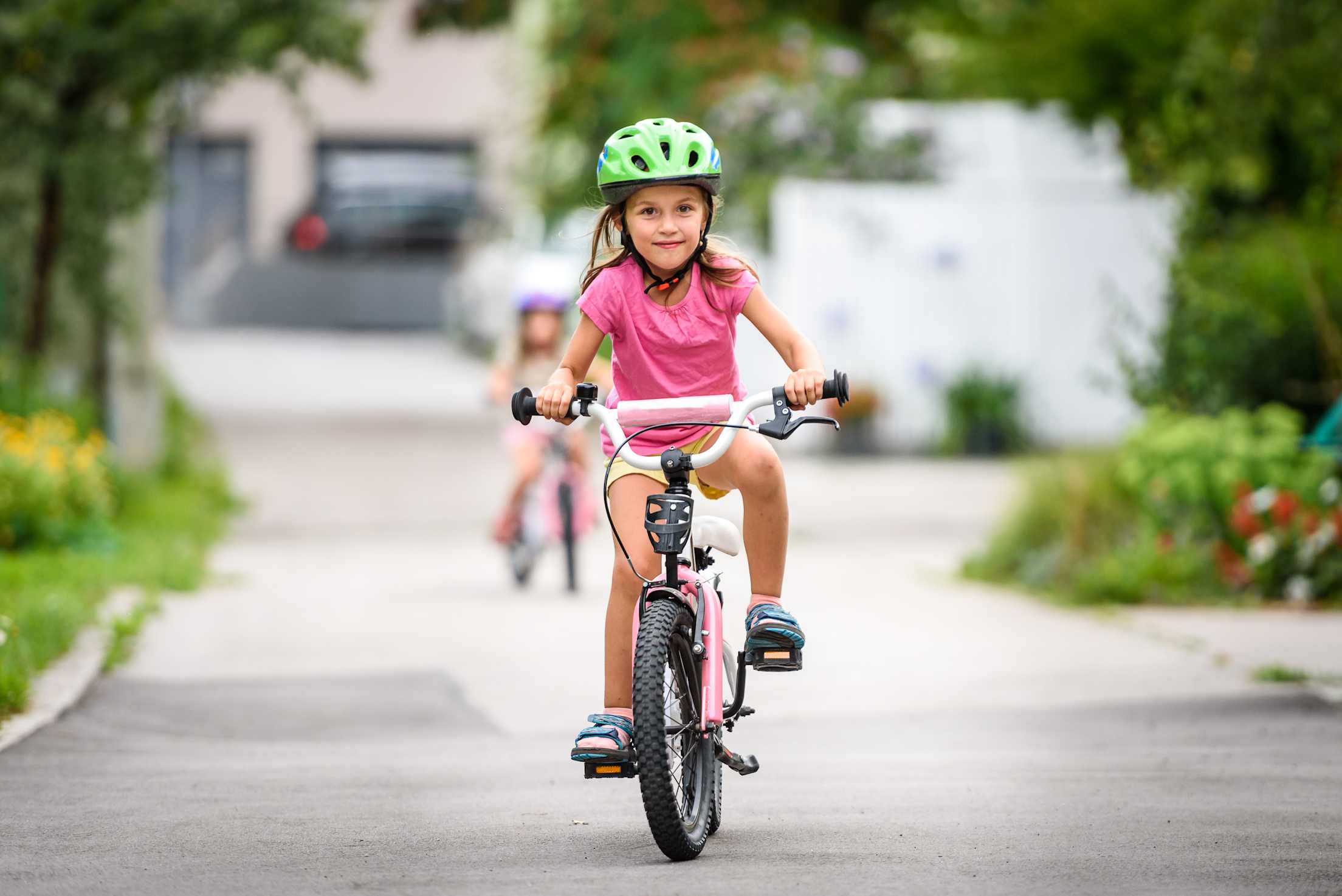
How to Avoid Pedestrian and Bike Collisions When Driving
A few guidelines can help drivers stay tuned to the traffic on foot and on bicycles.

When you’re walking, it’s important to stay alert around cars, but it’s equally important to keep an eye out for pedestrians whenever you’re behind the wheel. With kids heading back to school and foot traffic on the rise, responsible driving becomes paramount. Here’s how to do your part.
Watch speeds near schools.
As pedestrians, children are at greater risk than adults because their developing brains are less adept at judging the distance and speed of oncoming vehicles. They’re also more likely to be seriously injured or killed in a collision because their smaller size makes them more vulnerable.
Stay focused.
Distracted driving is dangerous driving. Don’t text, dial, or eat while you’re at the wheel. Studies show that when you take your eyes off the road for even two seconds, you double your odds of a crash.
Obey the signs.
A stop sign’s purpose could hardly be more clear, yet an alarming number of drivers—more than 33 percent—roll through crosswalks on a regular basis without fully stopping. Always bring your car to a complete stop before pulling away, and check twice for children who may be stepping off the sidewalk or darting out into the street from between cars. When you approach a crosswalk, stop short of the intersection so drivers behind you have a better chance of seeing pedestrians, too.

Brake for bikes.
Kids on bicycles often wobble and ride erratically. They may also be unfamiliar with traffic laws, so drive with heightened caution around them. If you have to pass a cyclist—of any age—leave at least three feet between the bike’s handlebars and your vehicle’s outer edge (usually the side mirror).
Beware of blind spots.
Every car has them. When you shift your vehicle into reverse—whether to negotiate a parallel parking space, the driveway, or a parking lot—check all around you, not just in the rearview mirror. Don’t back up until you’re sure the coast is clear, and even then, do so slowly.